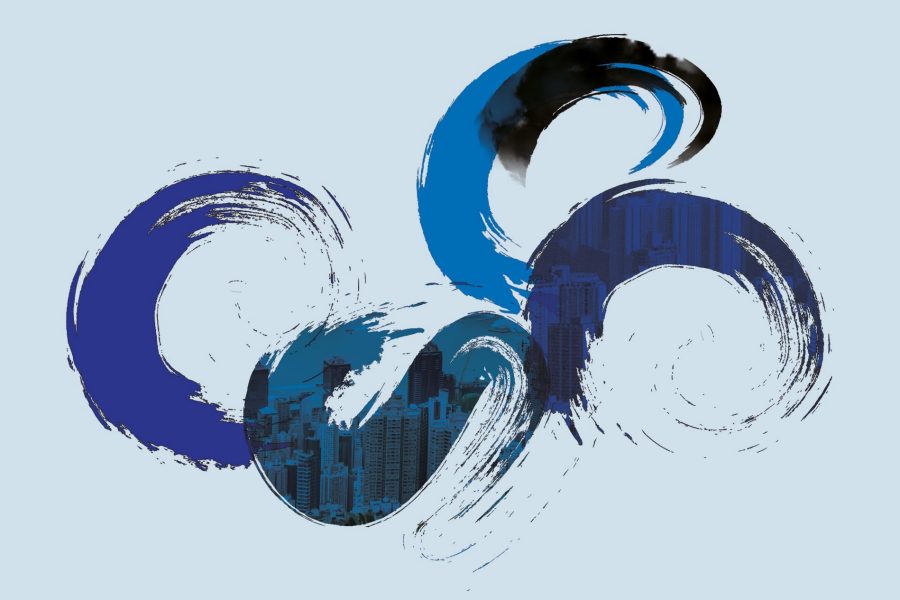It's cultural: How Hong Kong handles typhoons

Want to know what's happening with Typhoon Ragasa? Click here for live updates.
The winds whistled through swaying apartments while the videos rolled in by phone: waves whipping several storeys high; office windows blown out and documents whirling through the air; a construction crane spinning to the earth, just missing a nearby housing block.
Last September’s Typhoon Mangkhut was the most intense storm to hit Hong Kong since records began in 1946, with the number 10 signal – the highest possible, signifying hurricane-speed winds – hoisted for a gruelling 10 hours. The city escaped without fatalities, although 400 were injured and damage was widespread.
Hong Kong has always had typhoons. But typhoon season, which runs from May to November, has rarely been this intense. Mangkhut, as well as 2017’s Typhoon Hato – another signal 10 storm, which sadly caused 12 deaths in neighbouring Macao – managed to strike new fear into Hongkongers. Some say climate change is to blame, which doesn’t bode well.
Hong Kong has got off light of late. The city’s solid infrastructure has shielded it from most catastrophes. And over the decades, residents of the city have developed a robust typhoon culture: a collective frenzy surrounding storm paths, news alerts, supermarkets swept clean, rammed transportation in the rush to get home, taping big Xs to windows, preparing towels in case of leaks – little has changed over the years.
When a storm approaches, the most pressing concern is whether it will hit as a signal eight or above – meaning no school or work. The second greatest concern is when it will hit.
Any resident of the city will tell you that Hong Kong has a near-supernatural tendency for big storms only to occur overnight or at weekends – in other words, no free holiday. This phenomenon is dubbed ‘Li’s Field’ in reference to Li Ka-shing, Hong Kong’s longtime richest man. The joke is that he has magical powers able to ward off anything that could possibly harm his conglomerates.
When the wind and rain pick up, almost everyone stays indoors; one of the main dangers is simply falling signage and flying objects. Those who remain outside tend to fall into two groups: hapless cub reporters comically being blown about – and surfers. The government says the surfers are endangering themselves and rescue personnel. The surfers say that this is when the waves are best.
While in the past Hongkongers may have looked forward to storm season, after the last two years of outsized typhoons they’re warier of the dangers. Many are now hoping for a reprieve, wishing that Li’s Field will kick in once again.
More inspiration
Hong Kong travel information
- China – the Chinese Mainland, Hong Kong SAR, Macao SAR and Taiwan Region
- Hong Kong SAR - English
- Chinese Mainland (China) - English
- Taiwan, China - English
- 香港特別行政區 - 繁體中文
- 中国內地 - 简体中文
- 中國台灣 - 繁體中文
- Africa
- South Africa - English
- Asia
- Bangladesh - English
- Korea - English
- Singapore - English
- Cambodia - English
- 한국 - 한국어
- Sri Lanka - English
- India - English
- Malaysia - English
- Thailand - English
- Indonesia - English
- Maldives - English
- ประเทศไทย - ภาษาไทย
- Indonesia - Bahasa Indonesia
- Myanmar - English
- Vietnam - English
- Japan - English
- Nepal - English
- Việt Nam - tiếng Việt
- 日本 - 日本語
- Philippines - English
- Australasia
- Australia - English
- New Zealand - English